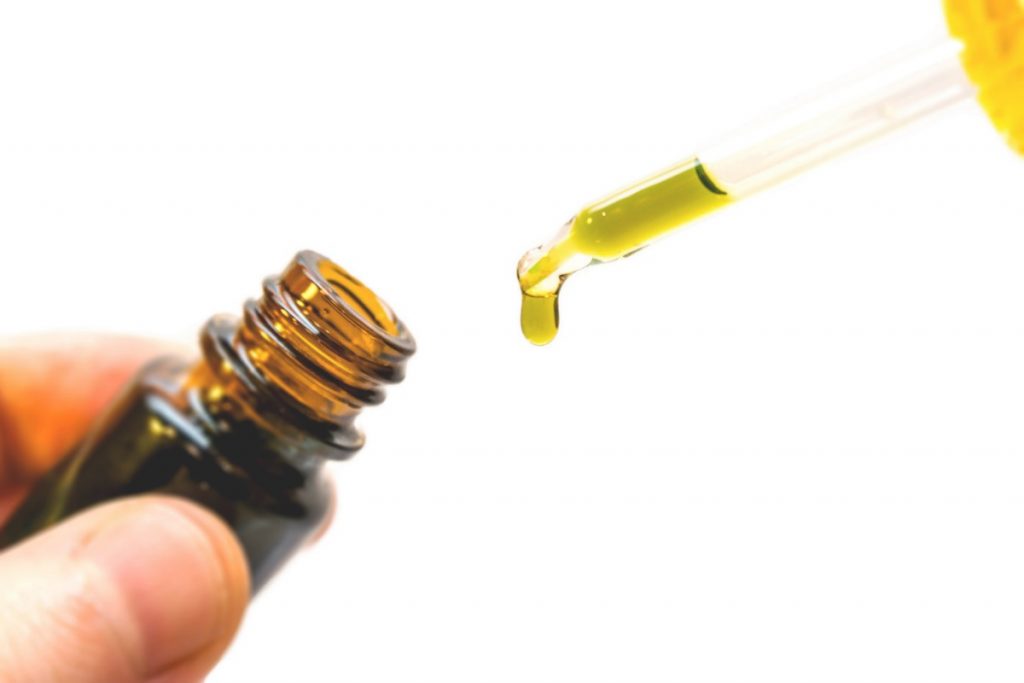Determining the optimal dosage of CBD (cannabidiol) for pain relief involves various factors, including the individual’s body weight, metabolism, tolerance, and the severity of the pain condition. Additionally, the method of administration plays a significant role in how cbd oil for pain is absorbed and utilized by the body. This discussion explores recommended dosage guidelines and different methods of CBD administration for pain relief.
Optimal CBD Dosage:
- Start Low and Go Slow: It is recommended to start with a low dosage of CBD and gradually increase it until the desired pain relief is achieved. This approach allows individuals to assess their tolerance and response to CBD without experiencing adverse effects.
- Dosage Guidelines: While there is no standard dosage for CBD, general guidelines suggest starting with 5-10 mg of CBD per day and increasing by 5-10 mg every week until the desired effect is achieved. For severe pain, higher doses may be necessary, but caution should be exercised to avoid side effects.
- Individualized Approach: Since CBD affects individuals differently, it’s essential to tailor the dosage to each person’s specific needs and response. Factors such as body weight, metabolism, and the severity of the pain condition should be taken into consideration when determining the optimal dosage.
Methods of Administration:

- Oral Administration:
CBD Oil/Tinctures: One of the most common methods is to administer CBD oil sublingually (under the tongue). This allows for rapid absorption into the bloodstream, resulting in faster onset of effects. Dosage can be measured using a dropper, making it easy to adjust.
Capsules/Pills: CBD capsules or pills provide a convenient and discreet way to consume CBD. They offer precise dosing and are ideal for individuals who prefer a tasteless option.
- Topical Application:
Creams/Salves: CBD-infused topical creams or salves are applied directly to the skin over the affected area. They are commonly used for localized pain relief, such as arthritis or muscle soreness. Topicals provide targeted relief without systemic effects.
Transdermal Patches: Transdermal CBD patches adhere to the skin and deliver CBD directly into the bloodstream over an extended period. They are suitable for sustained pain relief and offer consistent dosing.
Conclusion:
Determining the optimal CBD oil for pain relief involves a personalized approach, considering individual factors and response. Starting with a low dosage and gradually increasing is recommended to assess tolerance and effectiveness. Various methods of administration, including oral, topical, inhalation, and edibles, offer flexibility in how CBD is consumed for pain relief. It’s essential to choose a method that aligns with preferences and provides the desired level of relief while considering factors such as onset of action and duration of effects.

